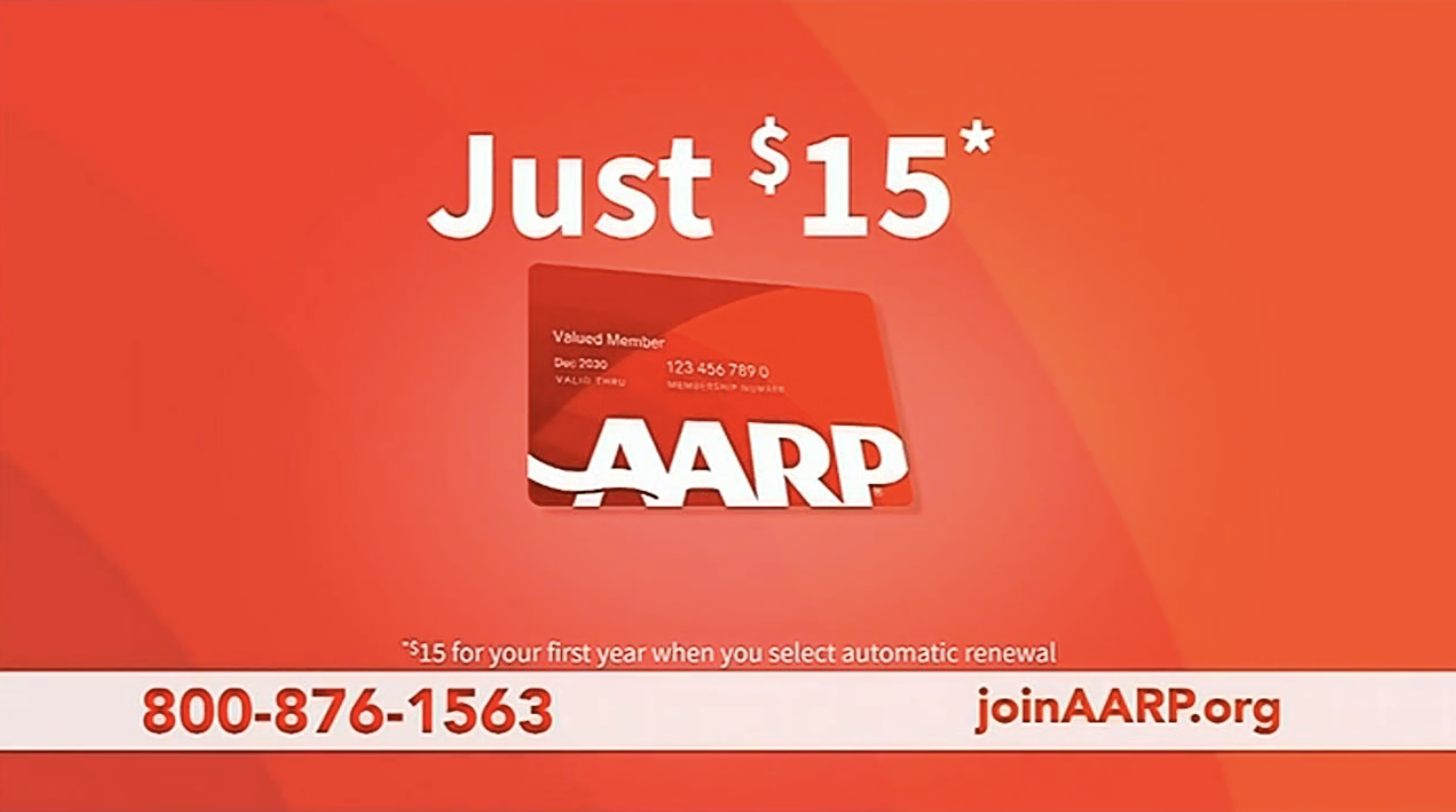
Enterprise Rent-A-Car
What’s this reservation good for?
Why "taking BART" from Oakland to San Francisco costs more than advertised in this billboard.
On Aug. 1, a TINA.org reader snapped this photo of a billboard at the BART station in San Bruno, California, located about 14 miles south of downtown San Francisco.
Her beef? The reader said the cost of taking BART, the San Francisco Bay Area’s Rapid Transit system, from Oakland to San Francisco is not $3.55 as advertised in the billboard, but closer to $4. In fact, TINA.org found, the cost can be upwards of $12, depending on your trip.
According to BART’s fare calculator, the full-price Clipper fare for a one-way trip from West Oakland to Embarcadero, the last stop in Oakland and the first stop in San Francisco, is $3.75. (Note: Clipper START is a discounted fare for low-income riders.)
But take BART from Oakland International Airport (which is located farther away from San Francisco but still in Oakland) and the fare more than triples.
Go further into San Francisco and the fare increases even more.
You might notice that none of these trips cost $3.55, the advertised price in the billboard. So where is BART getting $3.55?
The basis for the advertised price isn’t disclosed anywhere in the ad but according to BART’s methodology for Transit Saves, a campaign it launched last year to encourage Bay Area residents to take public transportation, the $3.55 in the ad was the full-price Clipper fare for a trip specifically from West Oakland to Embarcadero, in 2023. Since then, BART fares have increased 5.5 percent, which bumped the West Oakland to Embarcadero fare from $3.55 to $3.75.
The bottom line? BART may be cheaper than driving, but if you’re going from Oakland to San Francisco, your fare varies depending on your trip, and even if you’re going from West Oakland to Embarcadero, $3.55 is no longer available.
TINA.org reached out to BART for comment. Check back for updates.
Find more of our coverage on transportation services here.
Our Ad Alerts are not just about false and deceptive marketing issues, but may also be about ads that, although not necessarily deceptive, should be viewed with caution. Ad Alerts can also be about single issues and may not include a comprehensive list of all marketing issues relating to the brand discussed.
What’s this reservation good for?
The only thing more “ridiculous” than the touted benefits is the cancellation process.
How this rental car company uses subterfuge to get you to pay for something you may not need.

